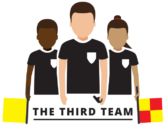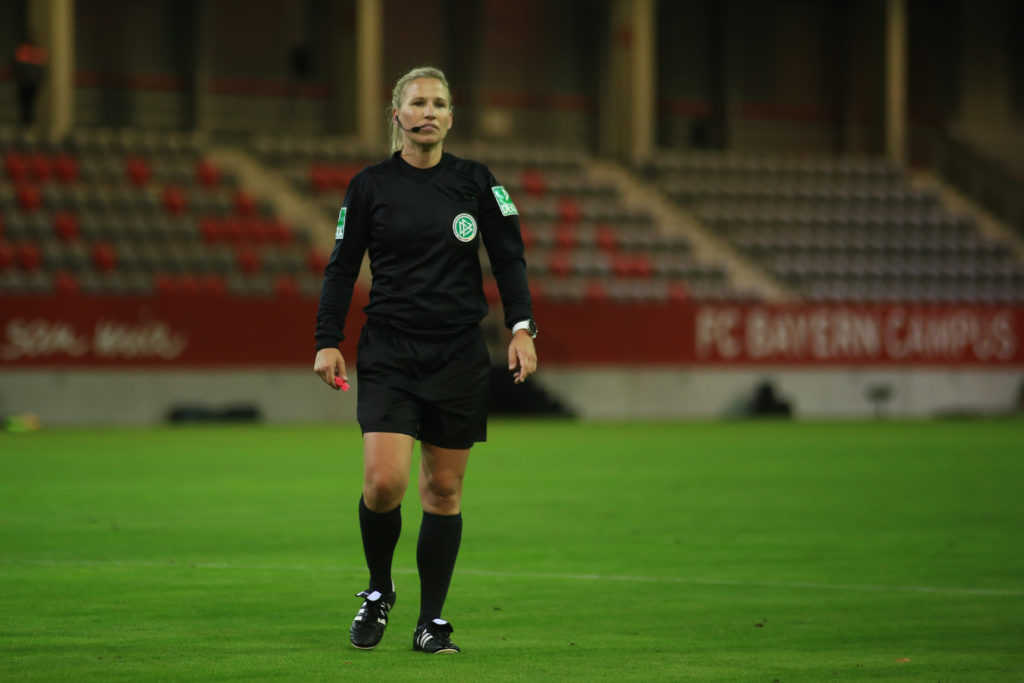Following the United Kingdom’s annual move from British Summer Time (BST) to Greenwich Mean Time (GMT), up to 25% of the British population are facing another bout of winter depression.
With Christmas less than 2 months away, for at least 10% of the British population, it’s also time for the annual onset of Seasonal Affective Disorder (SAD). Set off by lack of light, the condition is typically a regular depression that drifts in around October, and only lifts in the spring time. This coming winter, with its cost-of-living crisis, political turmoil and the threat of power cuts may trigger more SAD than ever.
The Experience of a Third Team Client
A number of years ago my client moved to the North West of Scotland, this is when they had their first experiences of SAD – or so they believe. In the town where they live the shortest day, December 21st, runs from 8.45am to just 3.30pm. In deepest winter, the lack of light can be so demoralising for them and it’s tempting for them to stay in bed all day, as opposed to going out and running around in the freezing cold, sleet and, often, snow.
My client is usually an energetic person, filled with a verve for refereeing, but they feel that, that leaves them during winter, when watching TV from the comfort of being under a furry blanket is all they can manage. Their social life regresses, too; and they find themselves craving vast quantities of food. They’re able to sleep for 10 hours if the alarm doesn’t go off, and they describe waking up as like “being pulled from a deep black pothole”.
SAD can run in families, but it is hard for my client to know if anyone in their is also a sufferer, as none of their relatives have ever lived as far north as my client.
The Medical Viewpoint
“SAD is a type of depression that affects people mainly during winter. Around 1 in 20 people have been diagnosed, but it’s more likely about 10% of people suffer from SAD.” – Dr Qian Xu, A&E doctor and Medical Director, REDjuvenate Medical
The trigger is the effect of less light on circadian rhythms.
“Your circadian rhythm is a 24-hour body cycle, your internal clock. During these cycles, your body carries out essential functions; the most important is the sleep-wake cycle. A decrease in light can disrupt this internal clock and lead to feelings of depression.” – Dr Qian Xu, A&E doctor and Medical Director, REDjuvenate Medical
Brain chemicals also play a part, she explains.
“Serotonin is a chemical messenger that works with your nerve cells. It is sometimes known as the ‘happy chemical’, but it also affects sleep health, bone health, digestion and wound healing. And reduced sunlight can cause a drop in serotonin.” – Dr Qian Xu, A&E doctor and Medical Director, REDjuvenate Medical
Melatonin, a hormone produced by the brain’s response to darkness, is also affected by changing light levels. This, consequently, can negatively affect sleep and mood.
A recent study of 5,000 Europeans showed that when days shorten, 21% of the population becomes more anxious, 24% find it harder to concentrate and 25% lose motivation to exercise.
If you haven’t been diagnosed with SAD you may not be aware of the symptoms, including appetite changes.
“We all love carbs but an increase in cravings can be a sign. Then there’s loss of interest in activities, disrupted sleep and low energy, all classic signs of SAD. You may also notice concentration problems.” – Dr Qian Xu, A&E doctor and Medical Director, REDjuvenate Medical
This, of course, is in addition my client’s own worst difficulty: oversleeping, yet still feeling tired.
The further north you go, the lower the light levels at this time of year, and SAD is more prevalent among people who live far north or south of the equator. It may also be affected by a lack of vitamin D, which helps to produce serotonin.
SAD sufferer Dr Michael Mosley led an investigation into the condition and found evidence that people with SAD have higher than normal levels of SERT (a serotonin-transporting protein) during winter.
“Higher levels of SERT mean lower levels of serotonin. That could explain why SAD people feel so low.” – Dr Michael Mosley
While some maintain broadly normal lives with the condition, others are left almost helpless by it. Women tend to suffer more than men.
Robert Levitan, a professor of psychiatry at the University of Toronto, believes that’s a hangover from our long-ago past.
“Ten thousand years ago, this biological tendency to slow down during winter was useful, especially for women of reproductive age, because pregnancy is very energy-intensive.” – Robert Levitan, Professor of Psychiatry, University of Toronto
Thankfully, studies since SAD was first identified in 1987 have provided several potential solutions, some of which sufferers have reported do work, if you stick to them.
Maintaining a good sleep schedule is crucial. This consists of going to bed and waking at similar times most days, and opening the curtains to let light flood in as soon as you wake up.
Ideally, get outside early, morning light is the most effective at combating SAD. My client has begun to do this, sleeping for eight hours, and forcing themselves out of bed. They have reported that when they take their dogs for a 10-minute walk, they feel far more awake by the time they drink their first cup of tea.
“Sticking to an eating schedule can also help stop the weight gain from carbohydrate cravings” – Dr Qian Xu, A&E doctor and Medical Director, REDjuvenate Medical
A lot of SAD sufferers wrestle with this but it is hard to abate food when those pangs of hunger come calling.
Social activity is easier to manage.
“Studies have shown there may be a causal link between social isolation and depression” – Dr Qian Xu, A&E doctor and Medical Director, REDjuvenate Medical
Goal Setting
Setting yourself goals for the day, week, month or season will also put you into a more motivated mindset. Additionally, don’t vegetate.
“When you exercise, your body releases endorphins, which positively affect your mood. You may also benefit from mindful practices such as meditation.” – Martin Preston, Founder and Chief Executive, Delamere Rehabilitation Clinic
My client now runs for at least 40 minutes every day, and it has helped them “without doubt.”
“If you work indoors, open any blinds to let in as much light as possible. It’s beneficial to work by a window to make you feel closer to nature. However, when the daylight is more like grey water, light therapy can be an answer. A SAD lamp can effectively give your body exposure to light that mimics the sun’s rays.” – Martin Preston, Founder and Chief Executive, Delamere Rehabilitation Clinic
Other Approaches to Tackle SAD
Another approach is Cognitive Behavioural Therapy (CBT), which uses mindfulness techniques that can be applied immediately to reduce anxiety and depression.
Further studies have shown that a Mediterranean diet of oily fish, nuts, wholegrains, bright vegetables, olive oil and a little red wine, is connected to lowered levels of depression.
My client has admitted that they’re already feeling more positive about this coming winter. They’ve added oily fish to their diet, and are sticking to their dog walks, runs and yoga through the week. They’re also making themselves get up and outside to absorb the morning light, even if it’s obscured by curtains of rain.
Seven Ways to Tackle SAD
- Go to bed and get up at around the same time every day – this helps to regulate your circadian rhythms.
- Consume a Mediterranean diet, with oily fish, nuts, legumes, wholegrains, vegetables and olive oil. Research has shown that around 90% of the ‘happy chemical’ serotonin is created by gut microbes, which communicate with the brain via the vagus nerve, and this diet supports healthy microbes.
- Get outside every day in daylight, even if only for a short walk. If possible, aim to get out in the morning. It doesn’t need to be sunny, it just needs to be outdoors.
- Exercise. Gentle exercise is always better than none, however if possible, try to maintain your usual summer routines when you can.
- If your symptoms worsen, seek medical advice, you may need a course of CBT to help you through winter.
At The Third Team I work individually and in collaboration with different professionals where I have developed workshops and 1-2-1 sessions associated with Resilience and Mental Toughness Development to help referees. The workshops and 1-2-1 sessions are interactive, where referees are encouraged to open up and share their experiences to help themselves and each other.
Feel free to contact me if you’d like to know more about my workshops or 1-2-1 sessions and how I could help you or your officials.
Best Wishes,

Nathan Sherratt
Referee Educator & Managing Director of The Third Team

Nathan Sherratt
Nathan Sherratt, Referee Educator, Resilience Trainer and Managing Director of The Third Team. A Mental Toughness Practitioner based in County Durham, North East England.

